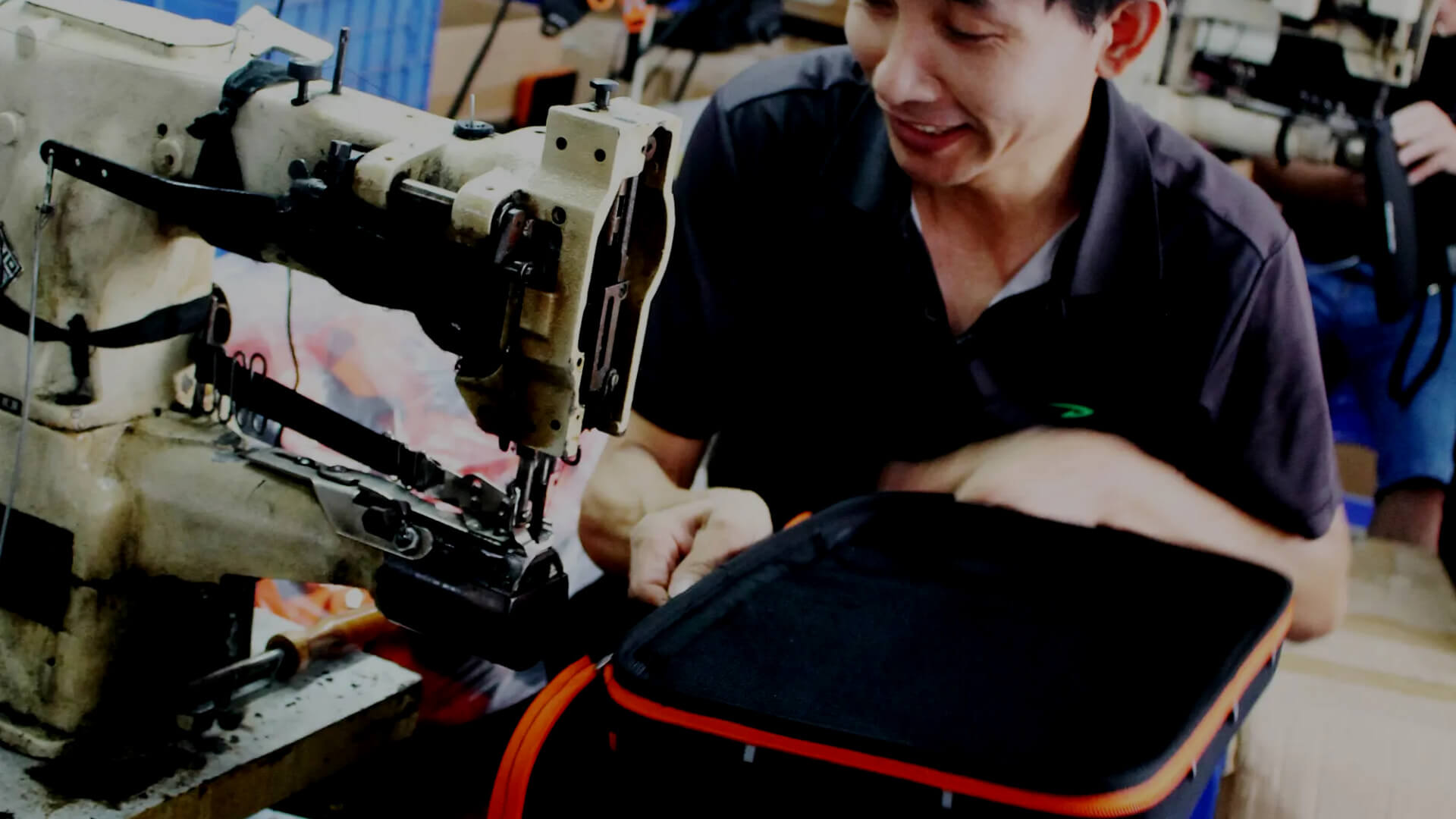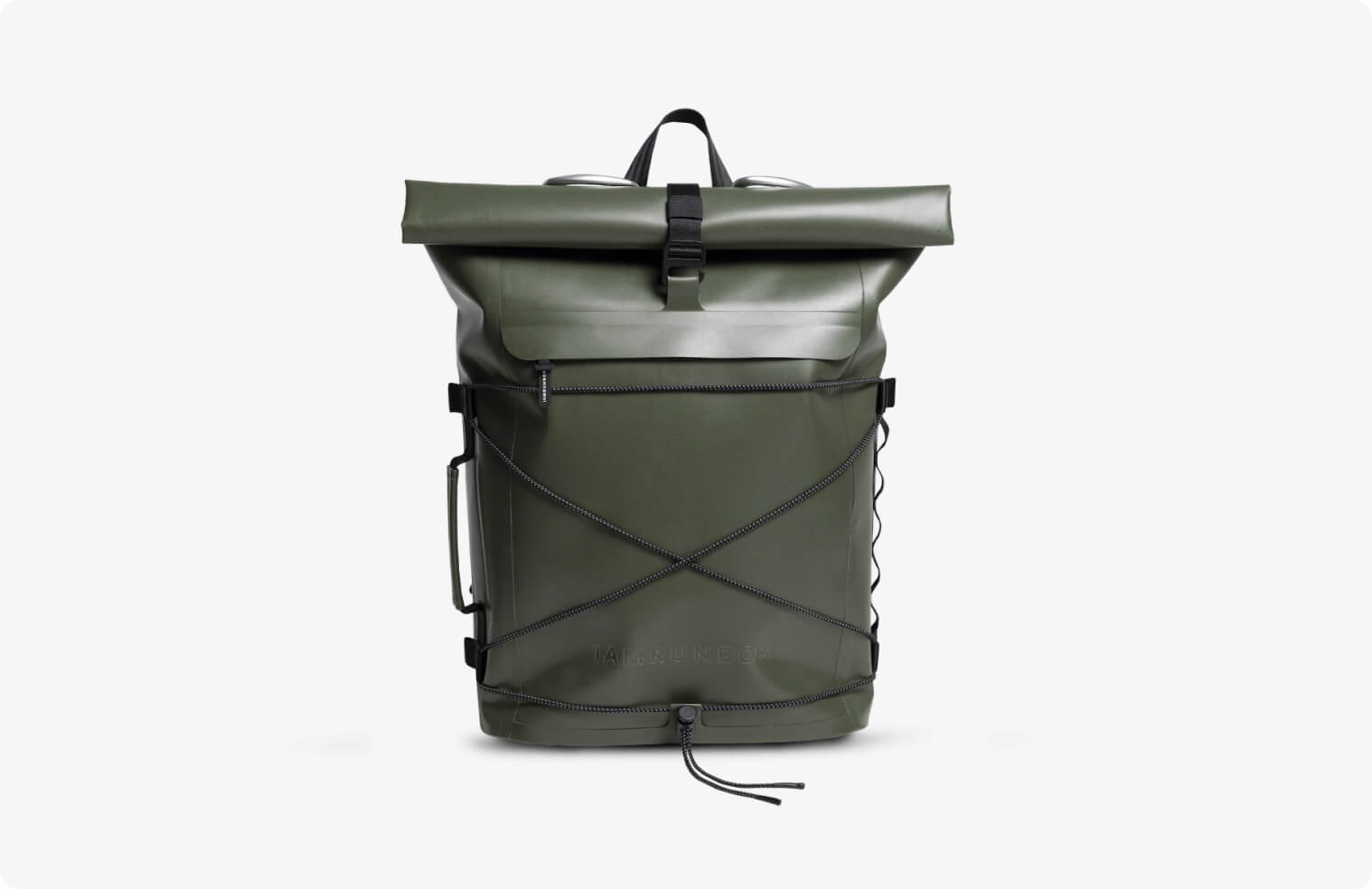
THE PRODUCTION PROCESS
OUR FACTORIES
1. Compared to Europe, China is way ahead when it comes to production technology and modern machinery
2. The raw material and the fabrics we use are made in China
3. We have retailers in Asia.
We sourced our suppliers ourselves. It was a passionate and time consuming process that involved a lot of traveling, beautiful meetings and visits to more than 20 factories, to check working and sanitary conditions for the workers and the production itself.
Every time we visit, we stay until the task is done, to minimize the shipping of prototypes back and forth to Sweden. This allows us to get a closer insight to the work and build a better relationship to our suppliers on a personal level. Furthermore, as part of our social and environmental responsibility, all of our associated factories have external third party enforced compliance controls and checks on an annual basis. We ensure that the people who manufacture our products are treated with respect and have safe and secure working conditions, and we are carbon compensating all our production.
These third party-audits are made by BSCI (Business Social Compliance Initiative), SMETA (SEDEX Members Ethical Trade Audit) B Corp and Climate Neutral. Read more here.

OUR MATERIALS
RECYCLED PLASTIC BOTTLES
While it sounds pretty unbelievable that hard plastic bottles can turn into fabric, it’s actually a simple process:
1. Collecting: Plastic waste is washed and sorted
2. Resizing: The sorted plastic is shred into small particles
3. Compounding: The small particles are crushed and melted together into plastic pellets
4. Spinning: The pellets are spun into yarn
5. Weaving: The yarn is used to weave fabric

PVC FREE
Did you know? Over the years, Polyvinyl Chloride (PVC) plastic - widely known as vinyl - has become one of the most used types of plastics in the world, and it’s also the most environmentally damaging one. Toxic additives can evaporate into the air over time, posing unnecessary dangers to children.
Instead of PVC, we started using Thermoplastic Polyurethane (TPU). TPU is like a bridge between rubbers and plastics - flexible, durable and smooth to the touch. It is recyclable, biodegradable and friendlier to the environment.
PHTHALATE FREE
Phthalates are a group of chemicals used to make plastics more durable. High levels of these toxic plasticizers has been linked to asthma, breast cancer, neurodevelopmental changes and male fertility issues to name a few.
As substitutes, we use less harmful plastics such as Polyethylene (PE) and Polypropylene (PP). Another alternative is Thermoplastic Rubber (TPR), an eco-friendly material made out of non-toxic recycled biodegradable plastics.
FLUOROCARBON FREE
Fluorocarbons are used for a variety of reasons within the outdoor industry as they tend to make products waterproof. However, just like PVC and Phthalates, they are harmful and don’t decompose well in nature. When leaking, their greenhouse gases are a thousand times more potent than CO2 (carbon dioxide).
That’s why we use Fluorocarbon free C0 for waterproofness. C0 has shorter carbon chains, which leads to less environmental impact. We are proud to say that all our waterproof products receive a C0 finishing.
FSC CERTIFIED PAPER FOR PACKAGING
All our packaging materials are made of recycled FSC certified paper.
FSC stands for Forest Stewardship Council and a certification ensures that products come from responsibly managed forests that provide environmental, social and economic benefits.

LOGISTICS
1. All production orders* from all factories are consolidated in one place and packed into one container.
2. The container is being shipped on a direct vessel from China (either Xiamen or Yantian) to the Netherlands major port in Rotterdam. It takes between 35 to 50 days.
3. Once in Rotterdam, the cargo is reloaded onto a barge or a truck that delivers to our warehouse in Haelen.
4. When you make an order, it is being packed and shipped from here.
The Netherlands was an easy pick as location for our European warehouse, due to its central location and the fact that Rotterdam is the largest port in Europe. This way we keep the carbon footprint for all B2C and B2B deliveries at the lowest.
Future plans involve 3 main fulfilment centers - one in Asia, one in Europe and one in the USA - that would minimise the carbon footprint on the B2C and B2B side.
